Hokota City Hokota-minami Elementary School is located in a hilly area near the central city of Hokota. The school building was developed and arranged to take advantage of the natural terrain. The site used to be nearly 5 hectares of mountain forest and farmland located in the Kanto region of Japan. The school building is a two-story structure integrated with the gymnasium and is centered around the media center. The media center has high side lights that take in light is diffused throughout the interior by wooden latticework. Soft sunlight filters through the trees to shine in and envelops the children. The surface of the school building is covered with perforated stainless-steel screens, creating a comfortable interior space with a sense of nature.
Architizer chatted with Kazuhiko Mashiko, CEO & Chief Designer at MIKAMI Architects to learn more about the project.
Architizer: What inspired the initial concept for your design?
Kazuhiko Mashiko: This was my impression when I first visited the site. Originally the site was in a forest, with beautiful sunlight leaking through the gaps in the trees and a pleasant breeze, and I thought that even though the forest had been cleared to become a school, we would still be able to enjoy these natural blessings.

© MIKAMI Architects
What do you believe is the most unique or ‘standout’ component of the project?
It is to house the school building and gymnasium under one roof. In Japan, school buildings and gymnasiums are generally independent of each other as separate buildings. This new approach improves access to the gymnasium and increases the utilization of the gymnasium, while at the same time shortening the length of the perimeter walls, improving energy-saving performance and reducing initial costs.

© MIKAMI Architects
What was the greatest design challenge you faced during the project, and how did you navigate it?
Since the project was subsidized by the government, there were many restrictions for this purpose. In particular, interior materials were regulated and there were few options. We tried to avoid uniformity by devising lighting, railings, and fittings. In particular, we worked with other designers on the lighting design to add accents to the space.

© MIKAMI Architects

© MIKAMI Architects
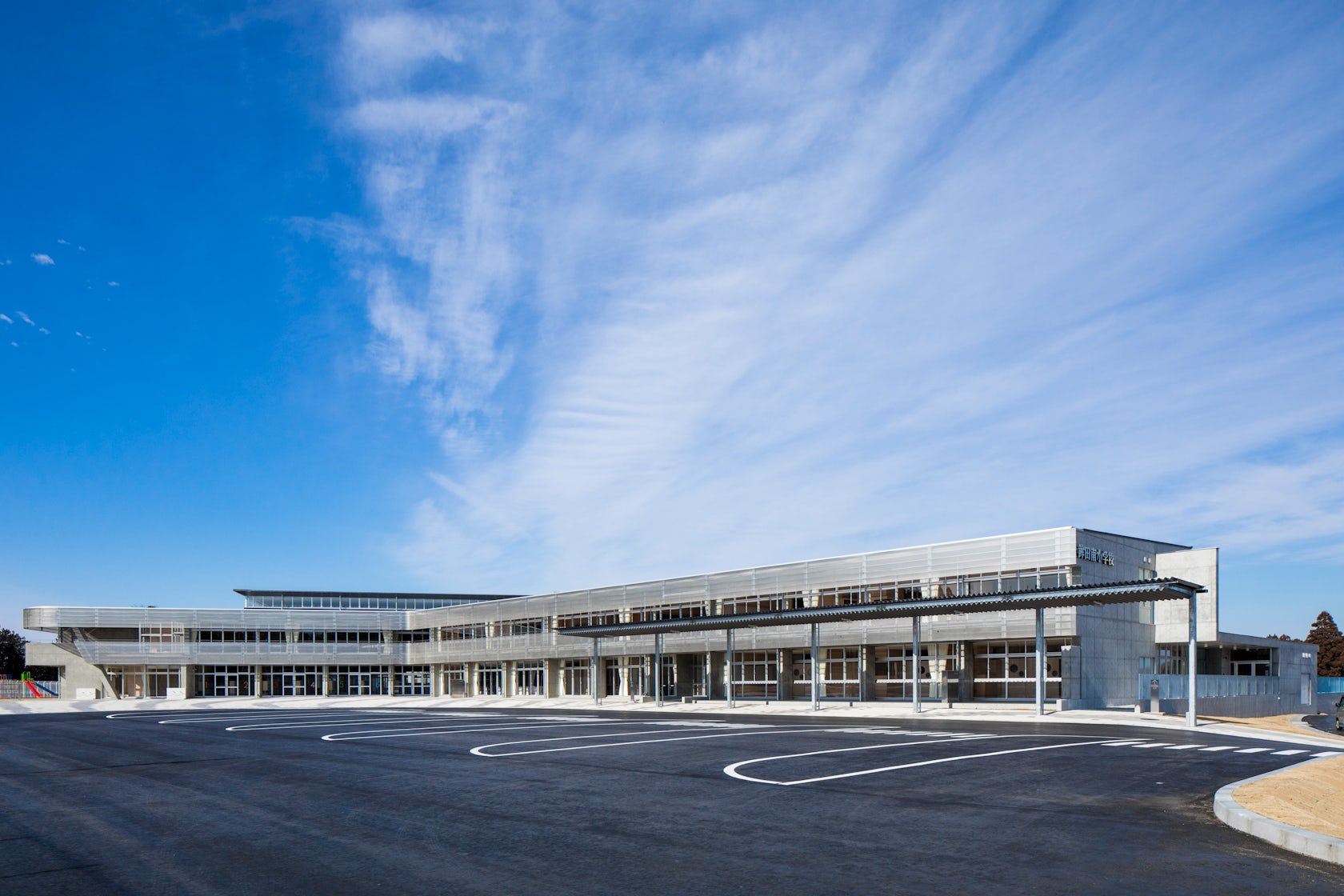
© MIKAMI Architects

© MIKAMI Architects
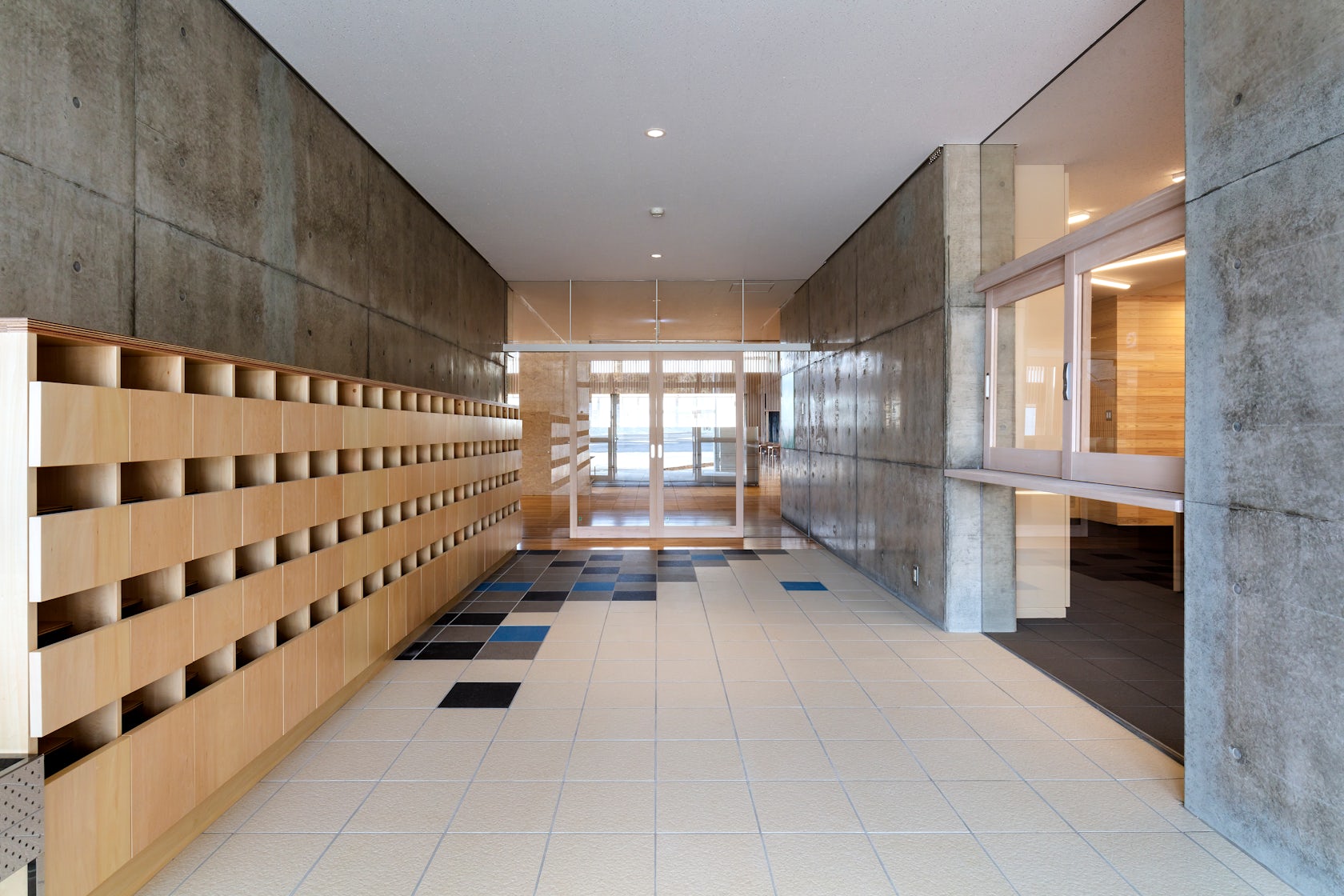
© MIKAMI Architects

© MIKAMI Architects

© MIKAMI Architects

© MIKAMI Architects

© MIKAMI Architects
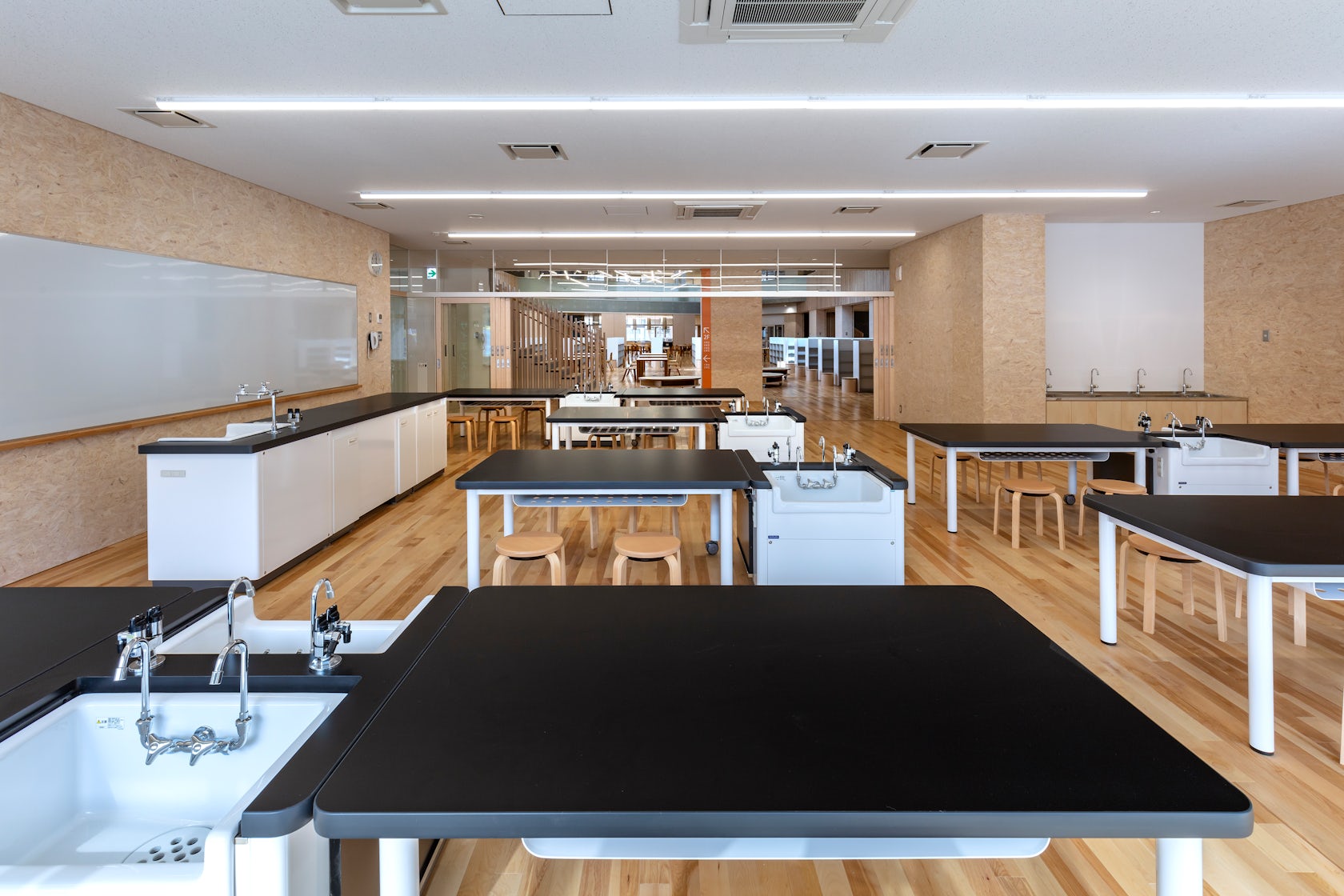
© MIKAMI Architects
For more information on Hokota City Hokota-minami Elementary School, visit the in-depth project profile on Architizer.
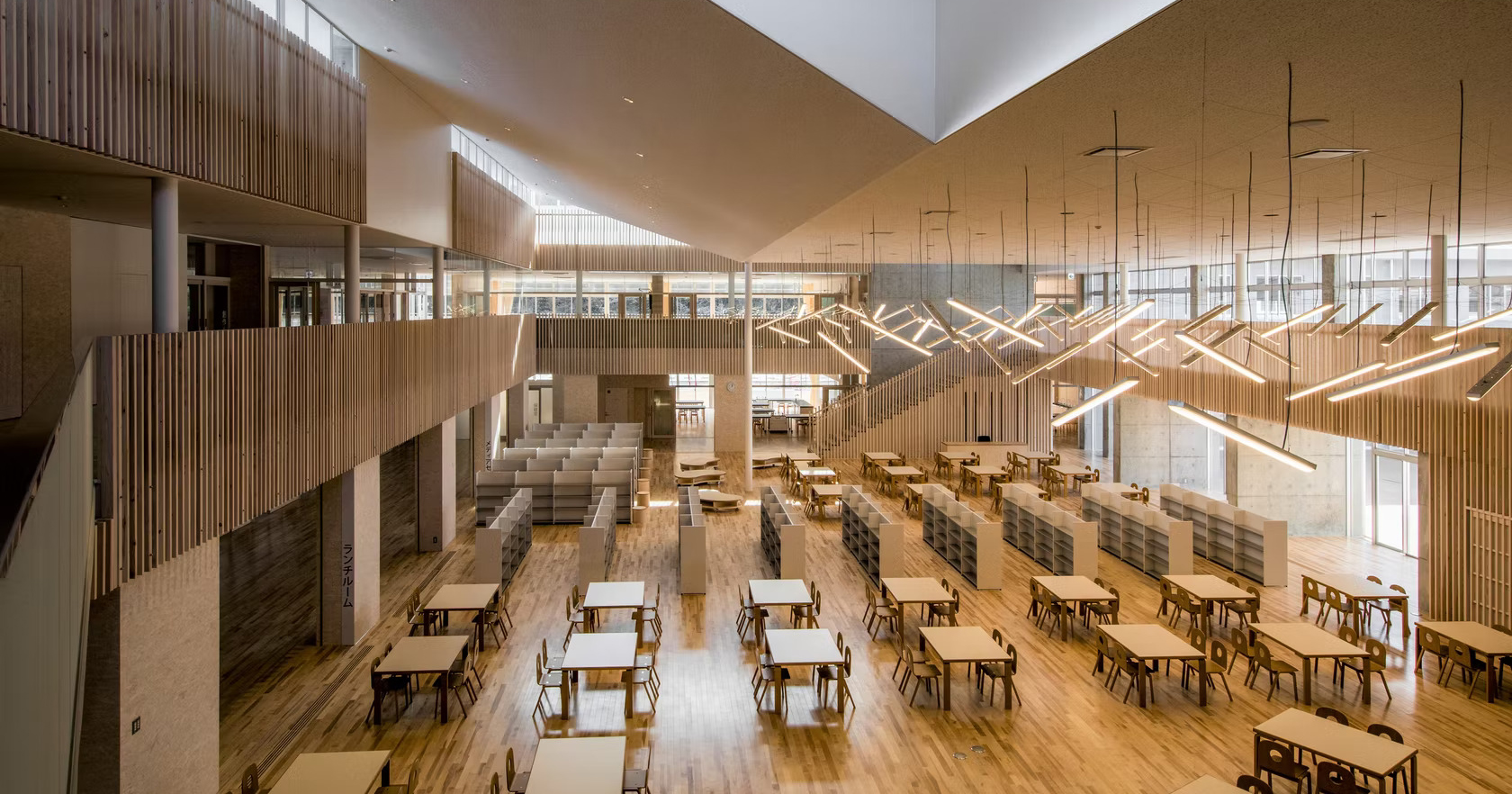


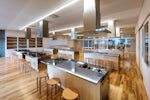










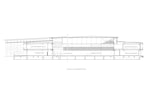






 Hokota City Hokota-minami Elementary School
Hokota City Hokota-minami Elementary School 


